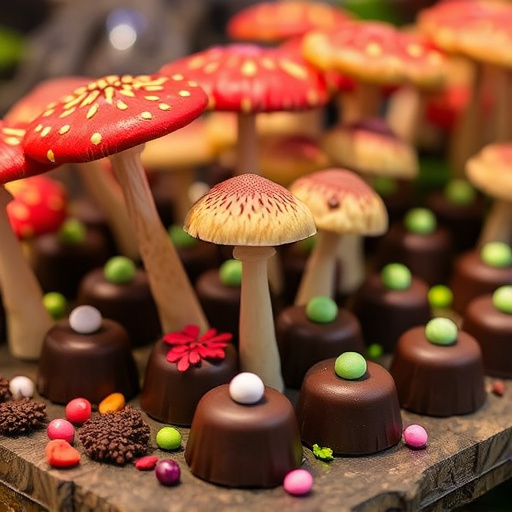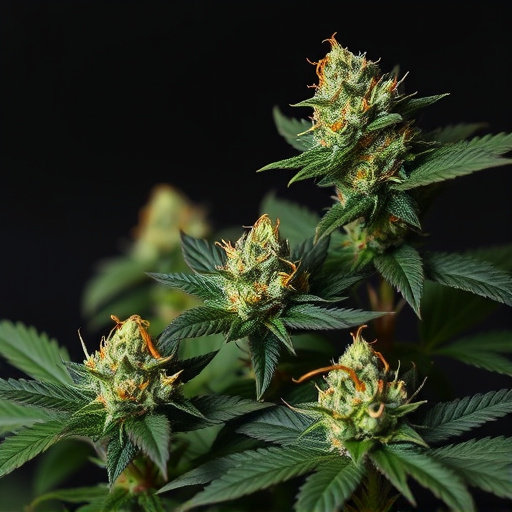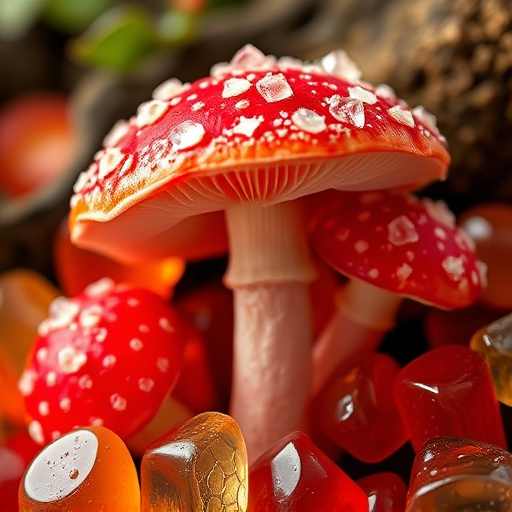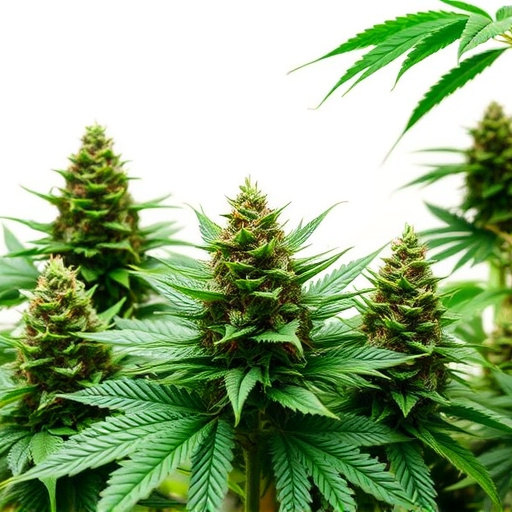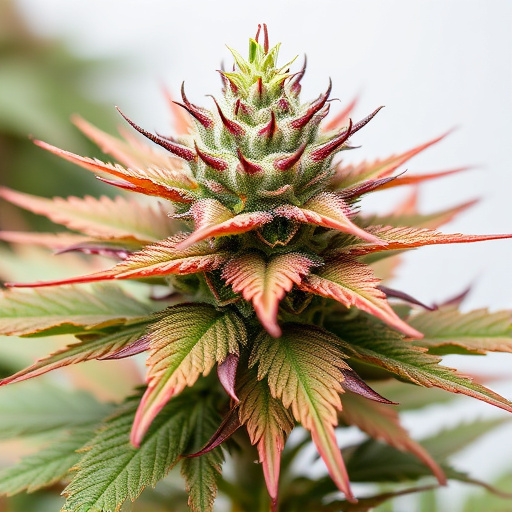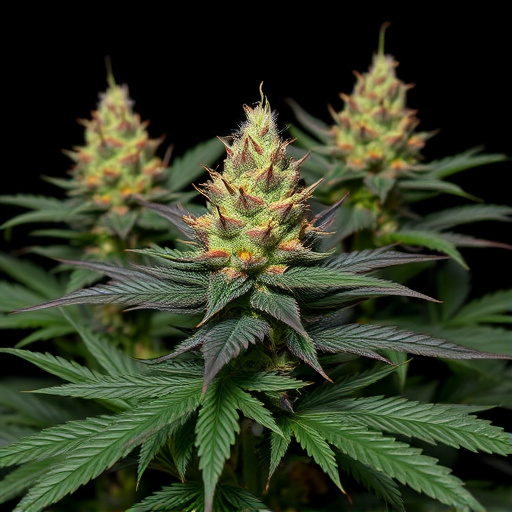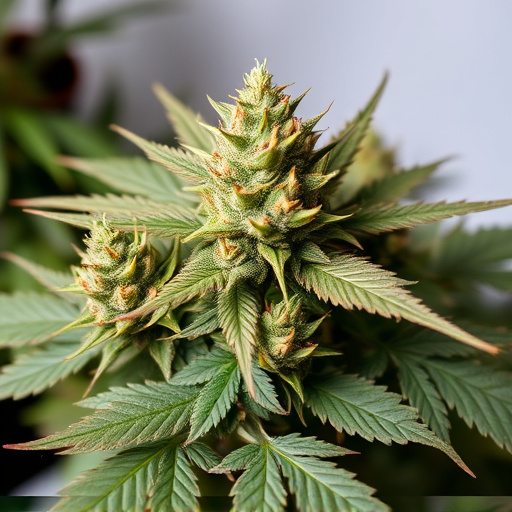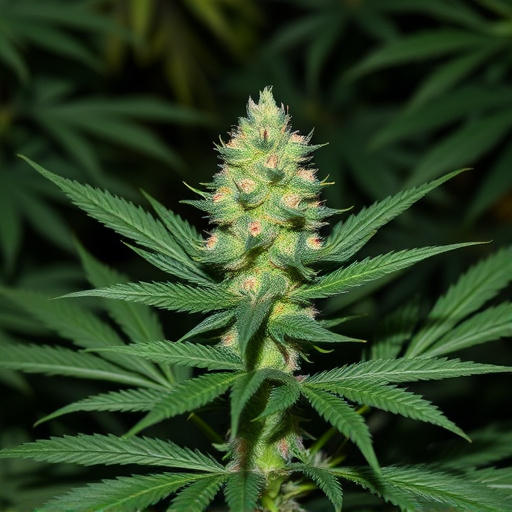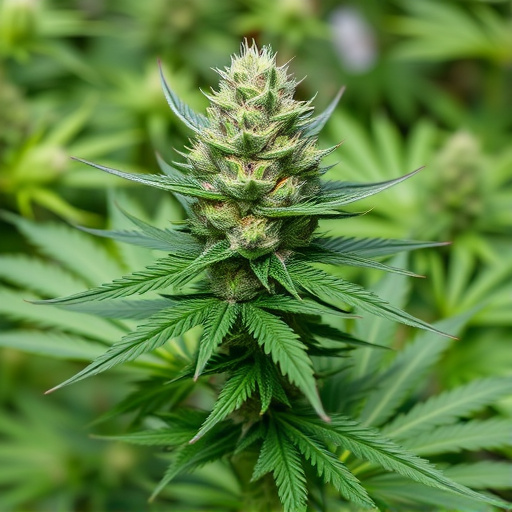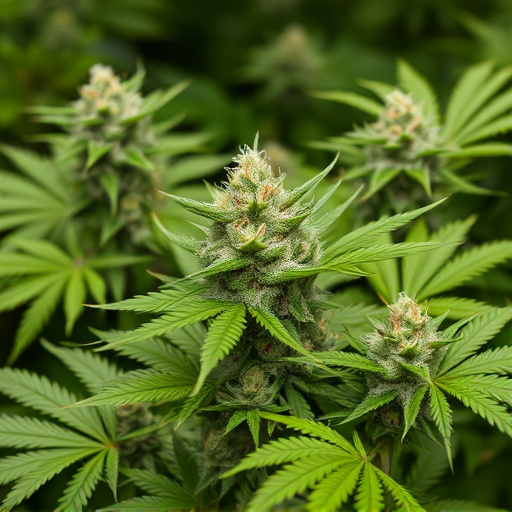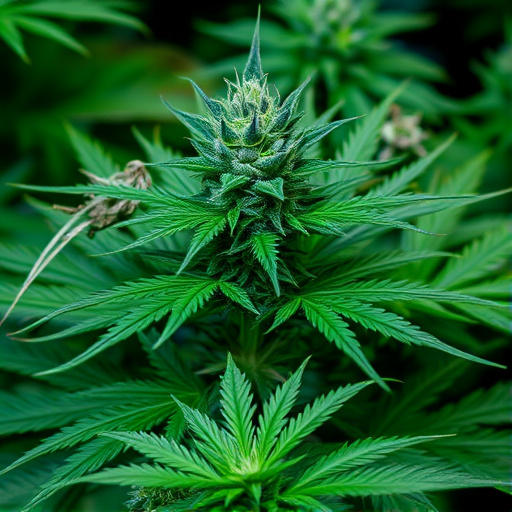Outdoor cultivation is ideal for growing indica cannabis strains due to its numerous benefits, including unfiltered sunlight that boosts health and productivity, natural air circulation enhancing flavor profiles, and strengthening plant structures. Indica strains, known for their relaxing effects, thrive in outdoor environments with longer photoperiods and natural sunlight, leading to faster maturity and enhanced cannabinoid and terpene production. Fresh air and diverse natural conditions contribute to robust growth, richer terpene profiles, and increased yields compared to indoor-grown plants.
In the world of cannabis cultivation, the age-old debate rages on: is outdoor or indoor growth superior? This article delves into the advantages and intricacies of each method, specifically focusing on indica cannabis strains. Outdoor weed benefits from natural sunlight, fresh air, and potential higher THC levels, while indoor cultivation offers controlled environments, advanced techniques like hydroponics, and year-round accessibility. Understanding the preferences of various indica strains is crucial for cultivators to make informed decisions, ultimately enhancing plant health and yield.
- The Advantages of Outdoor Weed Growth
- – Discussion on natural sunlight and its impact on cannabis plants
- – Benefits of fresh air and outdoor environments for plant health
The Advantages of Outdoor Weed Growth
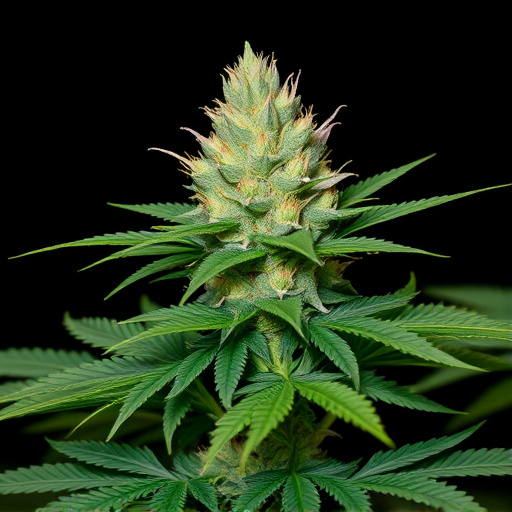
Outdoor weed growth offers a host of advantages, particularly for cultivating indica cannabis strains. One of the key benefits is the access to natural sunlight, which plays a crucial role in the plant’s overall health and productivity. Indica strains, known for their relaxing and sedative effects, thrive in outdoor environments where they can bask in the sun’s nourishing rays. This not only accelerates their growth but also enhances the production of essential cannabinoids like THC, which is particularly sought-after by many cannabis enthusiasts.
Moreover, outdoor cultivation allows for a more diverse and complex flavor profile to develop. The interplay between sunlight, fresh air, and soil nutrients contributes to a richer, fuller taste in the final product. Many indica strains grown outdoors are celebrated for their earthy, piney, or fruity notes, making them popular choices among consumers looking for that distinct cannabis experience. This natural cultivation method also promotes robust plant structures, leading to healthier and more resilient cannabis plants.
– Discussion on natural sunlight and its impact on cannabis plants
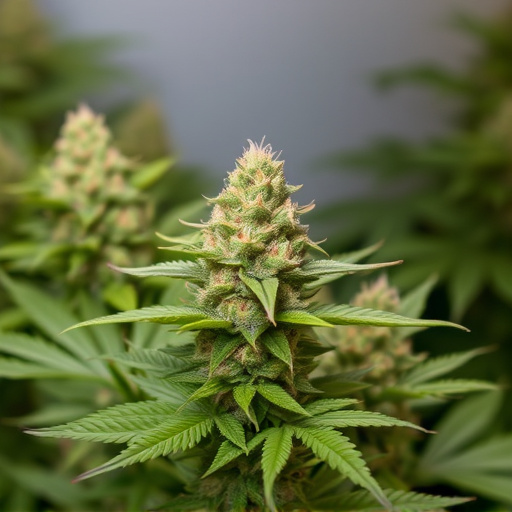
Cannabis plants, like many others, rely heavily on sunlight for their growth and development. Natural sunlight is a crucial component in the process of photosynthesis, where plants convert light energy into chemical energy, fostering robust and healthy growth. For indoor growers, mimicking this natural process with artificial lighting can be a game-changer. However, outdoor cultivation takes advantage of the sun’s constant presence, providing cannabis plants with a consistent supply of vital light.
Indica cannabis strains, known for their relaxing and sedative effects, often thrive in outdoor environments due to their preference for longer photoperiods and natural sunlight. These plants have adapted to grow in colder climates and typically reach maturity faster when exposed to outdoor conditions. The gentle, warm glow of the sun promotes the production of more potent cannabinoids and terpenes, contributing to the overall quality and allure of indica strains.
– Benefits of fresh air and outdoor environments for plant health
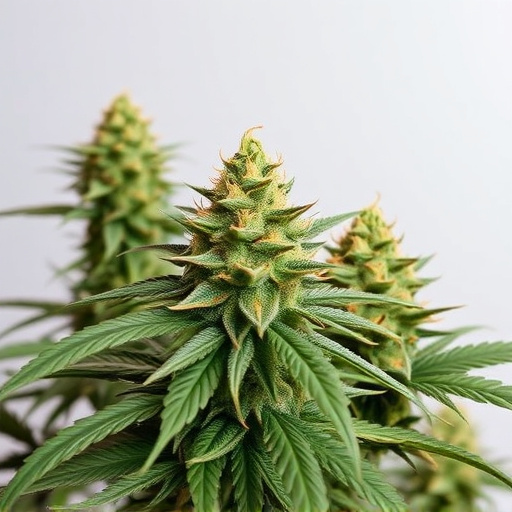
Fresh air and outdoor environments play a crucial role in fostering the robust growth and well-being of indica cannabis strains. Being able to absorb direct sunlight allows these plants to photosynthesize more efficiently, promoting healthy leaf development and enhancing their overall potency. The natural elements also contribute to a more diverse terpene profile, which is responsible for the unique aroma and flavor profiles that make different indica strains so distinctive.
Moreover, outdoor cultivation exposes the plants to varying environmental conditions, such as changes in temperature and humidity, which can mimic the stress that indoor growers sometimes induce through artificial means. This exposure helps build resilience in the plants, making them more adaptable and potentially leading to better yields when compared to their indoor counterparts grown in controlled environments.
In the debate between indoor and outdoor weed cultivation, both methods have their merits. Outdoor growing offers cannabis plants access to natural sunlight, promoting robust growth and often resulting in higher cannabinoid concentrations. The fresh air and outdoor environments contribute to overall plant health, creating unique terpene profiles that can enhance the experience for indica cannabis strain enthusiasts. While indoor setups provide control over environmental factors, outdoor cultivation allows nature’s elements to nurture the plants, potentially leading to a more diverse and captivating range of flavors and effects.


